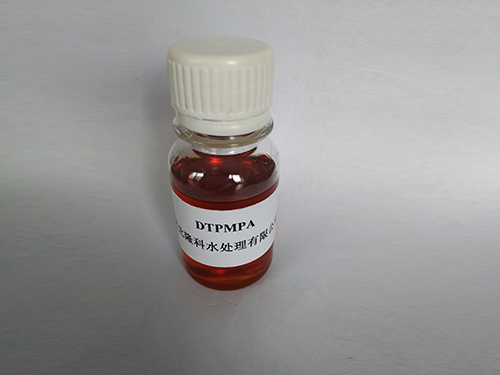Exploring the Roles of Coagulants and Flocculants in Efficient Water Treatment Processes
Coagulants and Flocculants in Water Treatment Essential Agents for Purification
Water treatment is a critical aspect of ensuring safe and clean drinking water for communities worldwide. One of the fundamental processes in water treatment involves the use of coagulants and flocculants, which play a vital role in removing suspended solids, organic materials, and impurities. This article explores the significance of these agents, their mechanisms of action, and their applications in water purification.
Understanding Coagulants and Flocculants
Coagulants are chemical substances that facilitate the aggregation of particles suspended in water. These agents neutralize the charges on particles, allowing them to come together and form larger aggregates, or flocs. Common coagulants include aluminum sulfate (alum), ferric chloride, and polyaluminum chloride. Their effectiveness stems from their ability to destabilize colloidal particles that would otherwise remain suspended due to electrostatic repulsion.
Flocculants, on the other hand, are typically high molecular weight polymers that work in conjunction with coagulants. After coagulants have aggregated the particles into flocs, flocculants aid in the further agglomeration of these flocs, enhancing their size and weight so they can settle more easily. Common flocculants include polyacrylamide and natural organic polymers such as chitosan.
The Mechanism of Action
The treatment process typically begins with the addition of a coagulant to the water. The coagulant’s positive charge neutralizes the negative charge of the suspended particles. This neutralization is crucial as it reduces the repulsive forces that keep particles apart, allowing them to collide and stick together. Once particles have aggregated into flocs, flocculants are added to bolster the aggregation process. Flocculants bridge the gaps between the particles and help create larger, denser clusters that can be easily removed through sedimentation or filtration.
coagulants and flocculants in water treatment

Applications in Water Treatment
Coagulants and flocculants are widely used in various water treatment applications, ranging from municipal drinking water plants to industrial wastewater treatment facilities. In municipal water treatment, coagulants help in the removal of turbidity, color, and microorganisms, ensuring that the water meets safety standards for human consumption. They are particularly effective in treating surface waters, which often contain high levels of organic matter and suspended solids.
In industrial settings, these agents are crucial in managing wastewater. Industries such as food and beverage, pharmaceuticals, and textiles produce effluents that can be highly contaminated. Coagulants and flocculants assist in minimizing the environmental impact of these effluents by helping to solidify and remove pollutants before discharge into water bodies.
Environmental Considerations and Future Trends
While coagulants and flocculants are essential for effective water treatment, the selection and application of these chemicals must be made with environmental considerations in mind. Some coagulants, such as aluminum sulfate, can lead to residual aluminum in treated water, raising health concerns. Consequently, the trend is moving towards the use of more environmentally friendly alternatives, including biodegradable flocculants and coagulants derived from natural sources.
In conclusion, coagulants and flocculants are indispensable in the field of water treatment. Their ability to enhance the removal of impurities from water not only helps to purify drinking water but also plays a significant role in protecting the environment from harmful pollutants. As technology advances, the development of sustainable and efficient coagulants and flocculants will continue to improve water treatment processes, ensuring the provision of safe and clean water for future generations.
-
Water Treatment with Flocculant Water TreatmentNewsJun.12,2025
-
Polymaleic AnhydrideNewsJun.12,2025
-
Polyaspartic AcidNewsJun.12,2025
-
Enhance Industrial Processes with IsothiazolinonesNewsJun.12,2025
-
Enhance Industrial Processes with PBTCA SolutionsNewsJun.12,2025
-
Dodecyldimethylbenzylammonium Chloride SolutionsNewsJun.12,2025





